Before Grand Theft Auto and Red Dead Redemption became gaming juggernauts – perpetually releasing new downloadable content for their online modes to generating recurring revenue for the Take-Two Interactive overlords – Rockstar Games used to create several different titles, including street-racing opus Midnight Club.
The phat rim, neon light-infused, car title sat alongside a video game interpretation of 1970s film The Warriors, controversial survival horror Manhunt and the equally divisive Canis Canem Edit in the developer’s line-up.
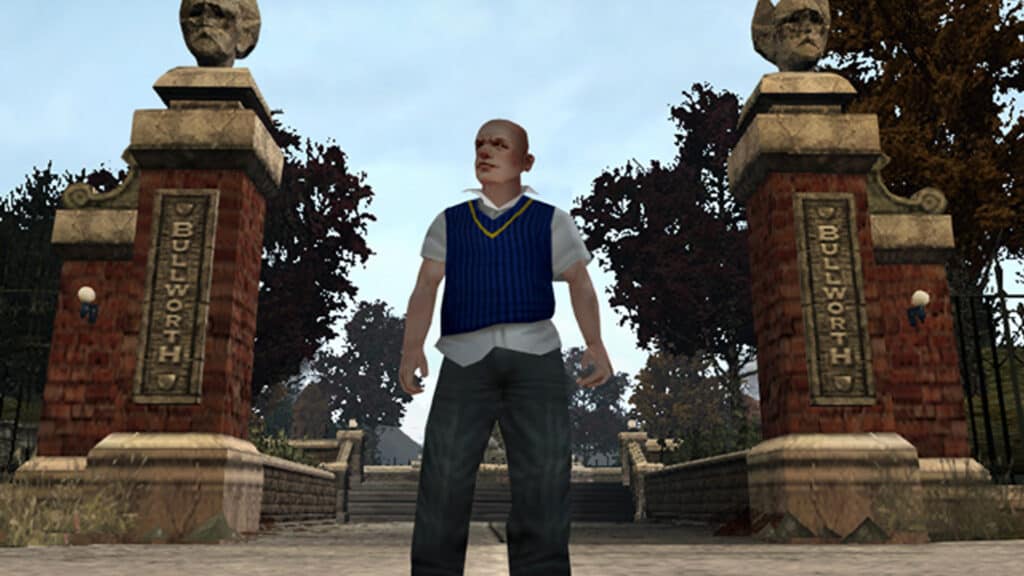
These were the halcyon days of the PlayStation 2, where studios could seemingly release several titles across a variety of differing franchises, sometimes within the same calendar year. As technology has advanced, so have players’ expectations.
Smooth frame rates, 4K resolutions, ever-larger and more detailed open-worlds and engaging online modes are an expected norm. Consequently, the development time, and cost, of a ‘AAA’ release has enlarged exponentially, leading to fewer releases from each individual developer.
Rockstar, which generates $2.5 million per day from GTA V (August 2021), has only released three all-new games in the last 10 years. Three.
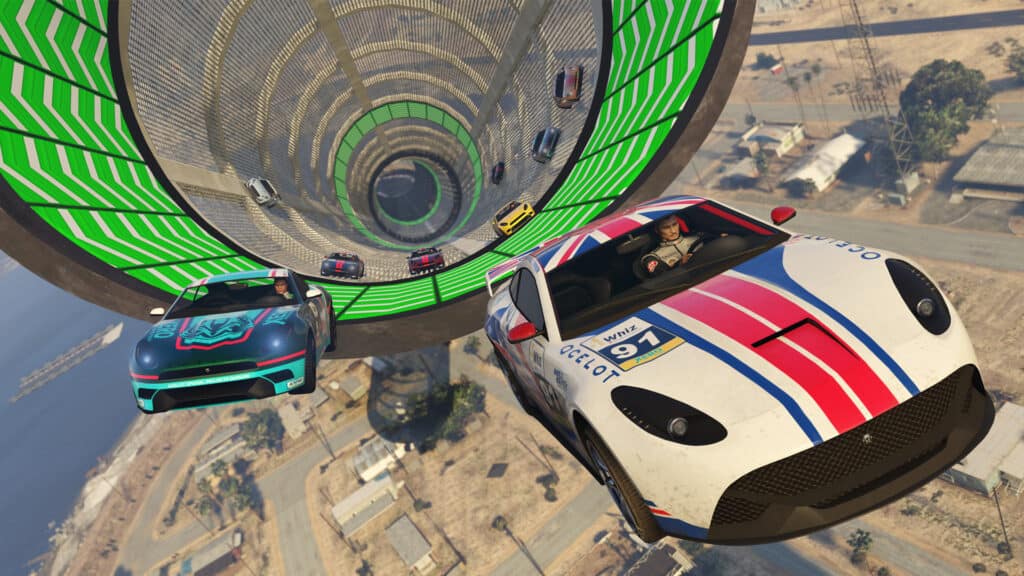
It seems keeping the online money pouring in is more pertinent in this current era of gaming, and that may go some way to explain, then, why the last Midnight Club releases were back in 2008.
With rumours circulating earlier this year, thanks to comments made during an investor call and then again last week when Video Games Chronicle found a job listing, hopes are high for a return. While we remain sceptical so far, let’s take a look at the Midnight Club games to date and get up to speed with the last time Rockstar made a racing game.
Midtown Madness (1999)
We start the tale of the Midnight Club games with something different. Midtown, not Midnight, Madness was an open-world driving game set in Chicago developed by Angel Studios and published by Microsoft for the PC.
It featured licenced vehicles, such as the then ‘new’ Volkswagen Beetle, capturing the zeitgeist of the late 90s. There was a series of races to take part in, the main crux. Vehicles could receive damage and there was even an interior viewpoint.
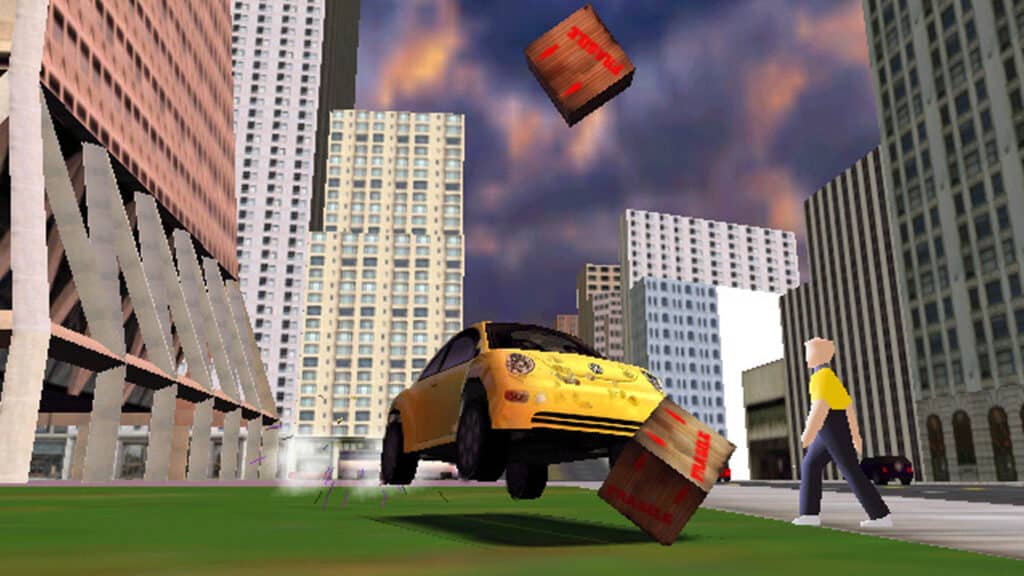
This was followed just 16 months later by Midtown Madness 2, also on PC, this time with the Audi TT as the cover star and two locations: London and San Francisco.
A third game was released for PC and the original Xbox in 2003, but that was created by Digital Illusions.
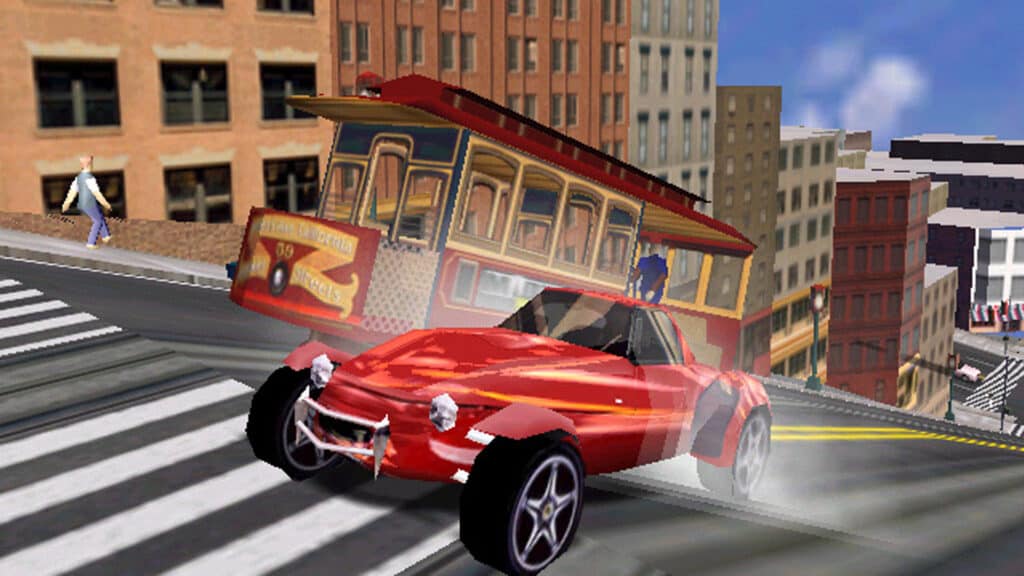
You see, the second game in this series was released in the same year as the first Midnight Club game, created by the very same Angel Studios in partnership with Rockstar. By 2002, Rockstar had purchased Angel, and it became Rockstar San Diego – ditching the Midtown Madness franchise and also finally finishing Red Dead Revolver by 2004.
Midnight Club: Street Racing (2000)
To welcome in the millennium, the Midnight Club: Street Racing was the first game by Angel Studios for Rockstar, releasing in October for the then-nascent PS2.
In something that should now be of little surprise, this game was focused on driving cars in an open world environment. Sound familiar?
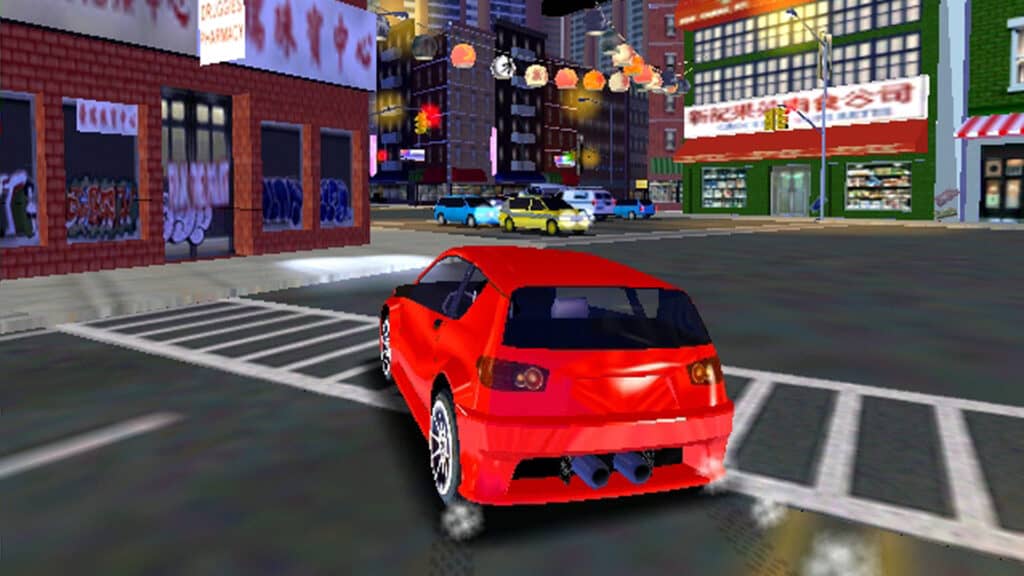
Two environments were featured in the game, London and New York. You started your underground racing career in a yellow taxi cab, before working your way up the pecking order by winning races.
Apart from the taxi, most of the vehicles aped the Japanese tuning scene of the time, except lacking the licenced vehicles of the Midtown Madness releases and, well, not set in Japan.
The format is straightforward. Flash your lights at a rival, follow them through checkpoints and hopefully overtake them at the end for a race victory.
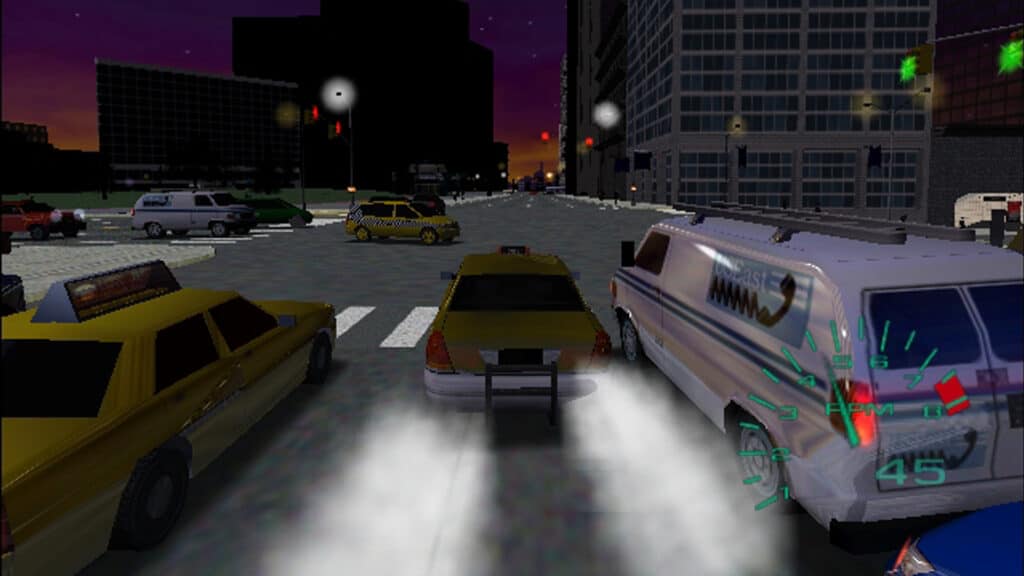
A launch game for the console, the only other system it appeared on was the Game Boy Advance, that version developed by Rebellion Developments, now of the Sniper Elite games.
By today’s standards, the first Midnight Club game is primitive – the press hype boasted of “hundreds of fully modelled mailboxes” – but the environment was pioneering and helped pave the way for further open-world driving titles.
Midnight Club II (2003)
With Angel Studios busy working on not one, but two, Smuggler’s Run games for Rockstar, Midtown Madness 2 for Microsoft and a Test Drive spin-off for Infogrames in the intervening years, it was a relatively long wait for a Midnight Club sequel.
By now formally Rockstar San Diego, it set about vastly expanding the franchise’s reach. It was on Xbox and PC alongside PS2 this time. There were also three open-world locations: Los Angeles, Paris, and Tokyo.
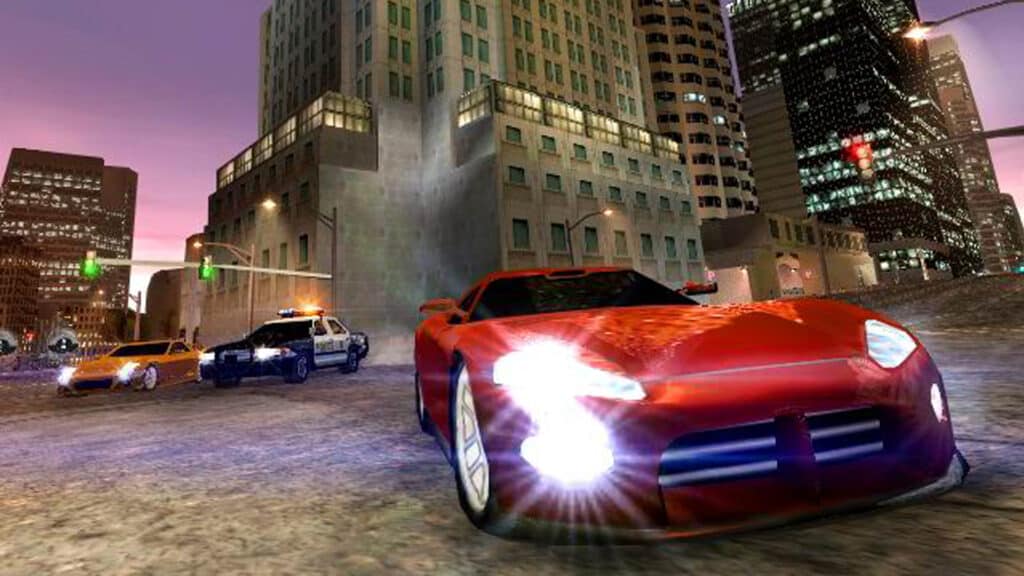
If that wasn’t enough, motorcycles were included alongside cars alongside in-air vehicle controls. The scope was significantly larger than the team’s first Midnight Club and earlier Midtown Madness creations.
While it looked better and the quantity of content was higher, once the novelty of the rival racers monosyllabic personalities and two-wheeled riding had worn off, I don’t think Midnight Club II was characterful enough.
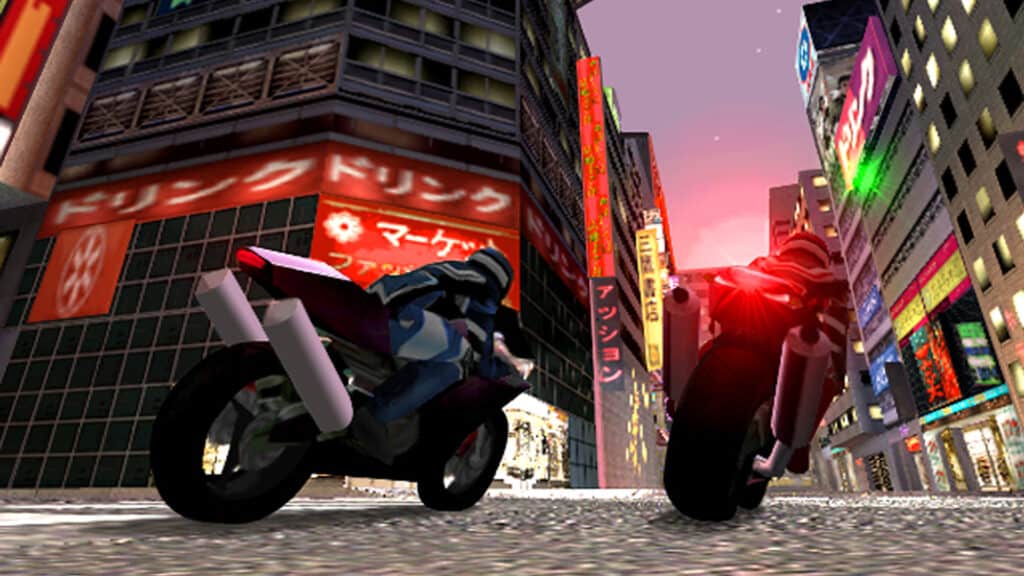
I have fond memories of blasting through Paris in my Stadt, a rip-off of a Renault Clio V6, for all of, oh, I don’t know 30 minutes.
The trouble was, while the sequel was undoubtedly a step forward for the series, just a few months later Need for Speed: Underground was released, and that snatch the street-racing crown, and my attention, away from the Midnight Club follow-up.
Midnight Club 3: DUB Edition (2005) and DUB Edition Remix (2006)
Things really ramped up with the third iteration, as it was awash with licensed vehicles for the first time.
We were living in an era of smooth R’n’B, with Usher creating both the first and second most purchased song in America just a few months before Midnight Club 3’s release. Likewise, Pimp My Ride had just debuted on MTV and the subtitle came thanks to a collaboration with American automotive lifestyle magazine DUB.
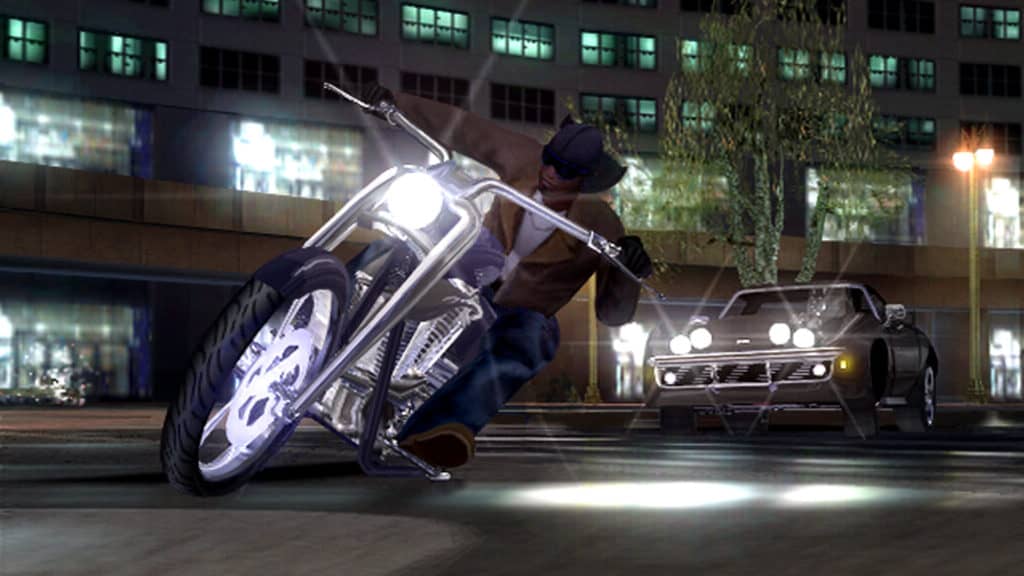
This meant Cadillac Escalades with more chrome than paint, aptly featuring on the game’s cover alongside a modified Chrysler 300C. It’s very of its time.
To give the game credit, it went for a theme and made it holistic. Gone was the globetrotting and in came three US locations: Atlanta, San Diego and Detroit. Car customisation was a significant addition, with wheels and wings adorning the vehicles. You could even make a humdrum Volkswagen Phaeton look relatively interesting.
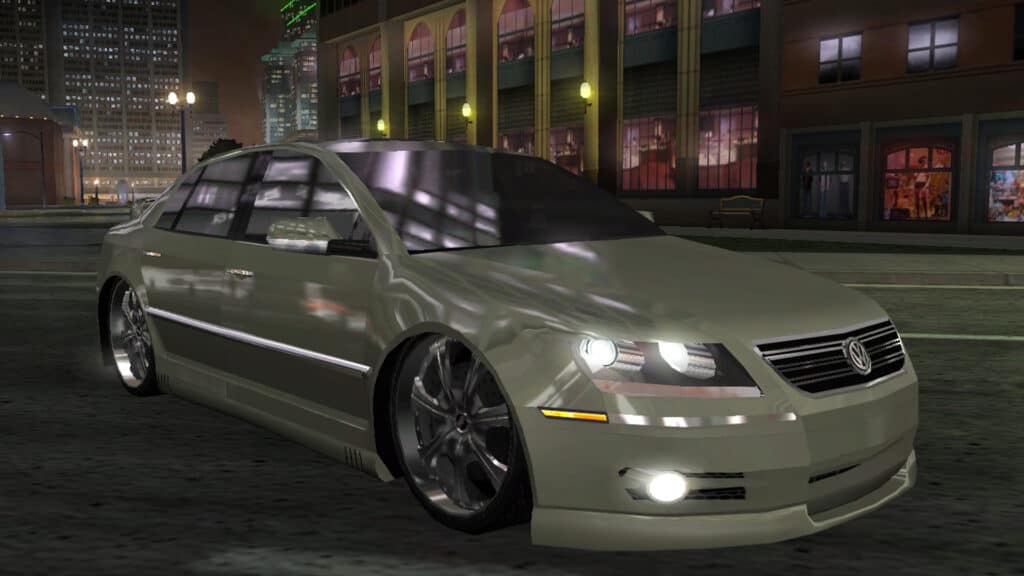
At the time, the big boast was the “most comprehensive vehicle customization ever seen in a video game.” This also meant the introduction of earning cash for the first time too. The added depth meant that for many, this is the series’ zenith.
Once again on the PS2 and original Xbox, plus a PSP offshoot, this was before the age of downloadable content. A year after the initial on-sale date, the Remix version added a new UI, more races, 24 more cars and a reworked version of the Tokyo area from Midnight Club II.
Midnight Club: Los Angeles (2008), L.A. Remix (2008) and Complete Edition (2009)
The 00s are close to becoming the 10s, EDM act Digitalism is tearing up dancefloors and BlackBerrys are still a thing – just.
Tapping into this theme was the final, to date, Midnight Club game – Los Angeles. Like its forebearers, MC: LA is a capsule in time. Or in other words, it’s dated a bit.
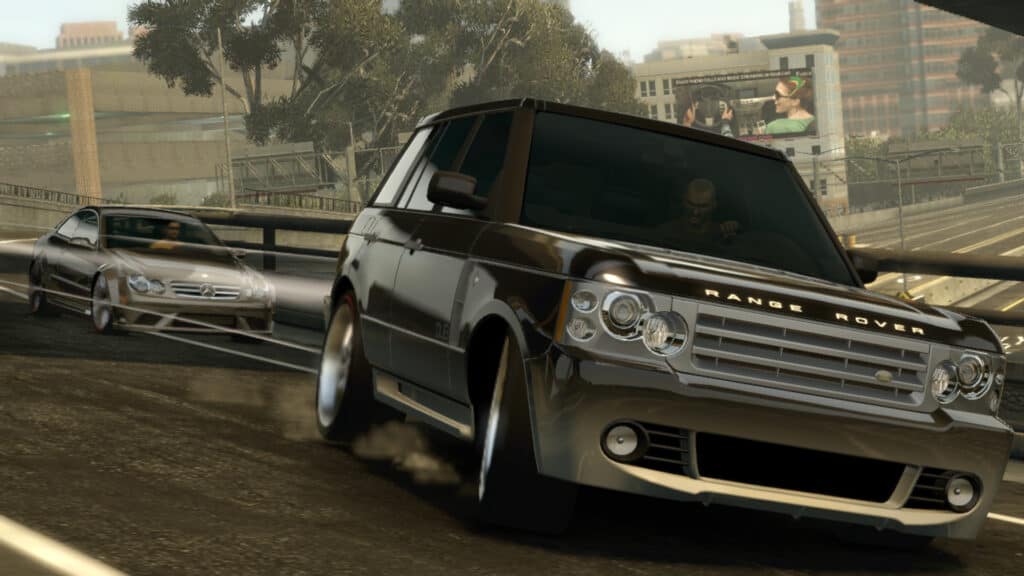
The soundtrack is pumping, large rear wings are de rigueur, and you had an in-game mobile phone with a QWERTY keyboard to communicate with your rivals.
You also begin your journey through the street racing scene in a lowly hatchback, in my case a MK1 Volkswagen Golf – which was a problem, as the progression through the early stages was glacial.
I’m all for the sense of earning something, that’s what the early Gran Turismo games do so well. But in the Midnight Club game, I felt like making the step into a quicker automobile was more mind-numbing than anaesthetic. Even when you did collect a quicker whip, it was still only a Ford Focus or a languid Pontiac Firebird.
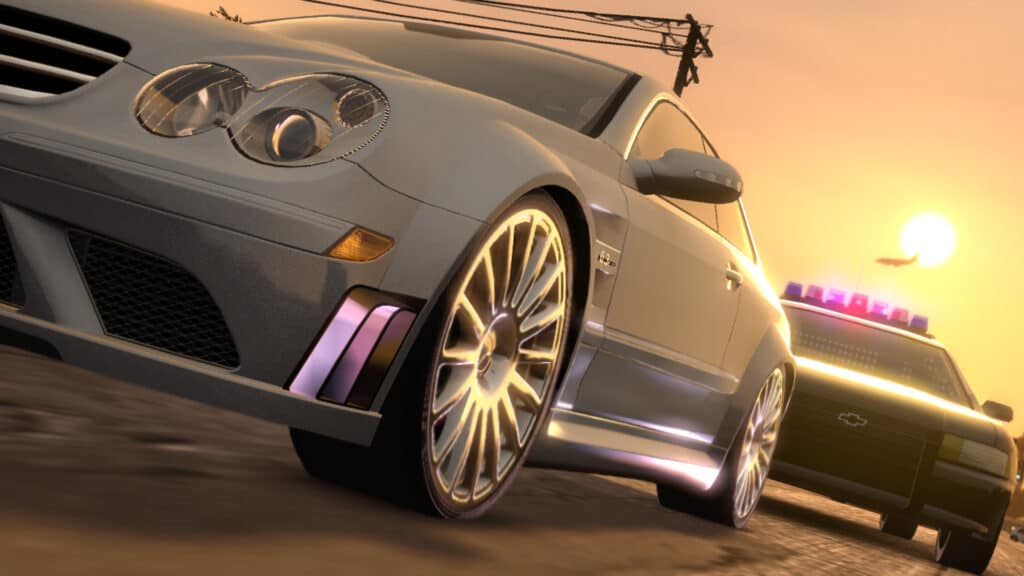
The city though, that was a dramatic step in the right direction. For the time, this was a detailed recreation of LA, if perhaps a little too yellow in tone. You could zoom out of the game’s map in a quasi-3D view, which felt like a feature from 2030.
“With Midnight Club: Los Angeles, our goal is to evolve on all possible levels and stay true to the hardcore gaming experience the series is known for while making it accessible to casual gamers and car enthusiasts,” said Jay Panek, Producer of the Midnight Club series at the time.
If that sounds like it was trying to appeal to everyone and no one all at the same time, you’re pretty much correct.
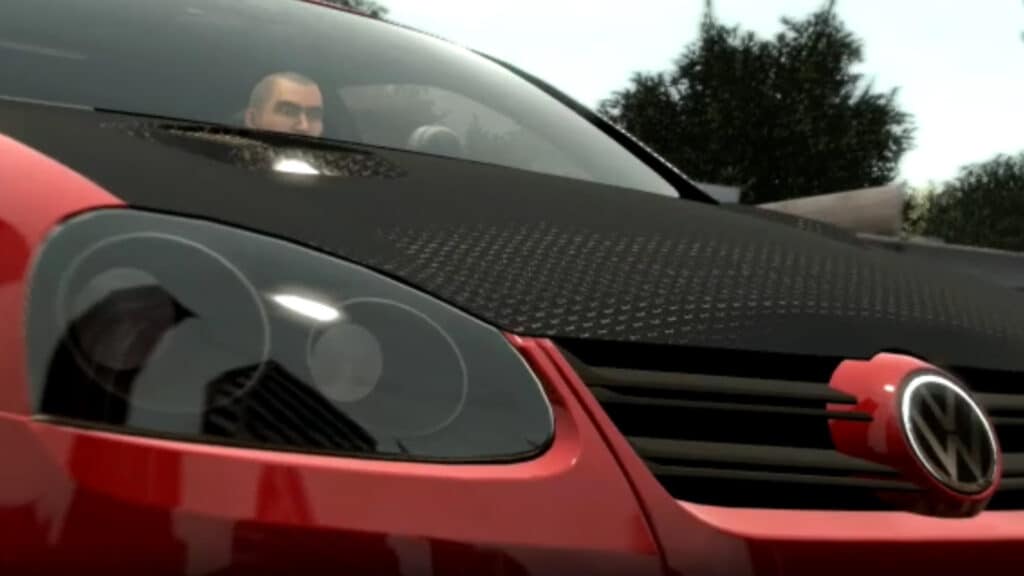
Enjoyable high-speed open-world racing with punishing difficulty spikes and vehicles that lacked pizzaz. 16-player online multiplayer was not to be sniffed at, however.
If you did push though, however, there was at least a sense of reward. But I suspect few people did.
This game also made its way onto the PlayStation Portable with L.A. Remix and a year later, the Complete Edition bundled in all downloadable extras, such as the ‘South Central Upgrade And Content Pack’ which brought with it a new area for the game world.
The Future
If Midnight Club returns is not yet known, but the aforementioned rumours are intriguing.
With new Need for Speed and Test Drive Unlimited racers on the horizon, a new Midnight Club would have to deliver something fresh in order to be a commercial success. Resting on its laurels won’t guarantee success as they were a bit mixed and at least 13 years ago.
I can see potential in an online-infused open-world racing game, however. Just look at how popular driving events are within GTA Online and The Crew 2 still propping up Ubisoft’s bottom line.
If I were working at Rockstar, a spin-off title using the GTA learnings combined with the established Midnight Club moniker is what I’d be pitching right now. Here’s hoping…
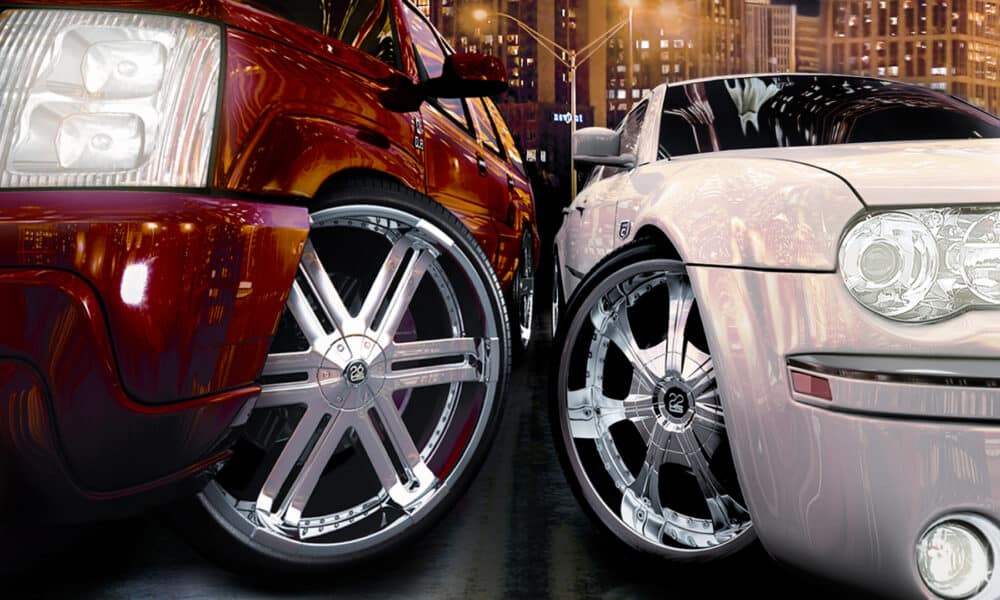





Chat with the Community
Sign Up To CommentIt's completely Free